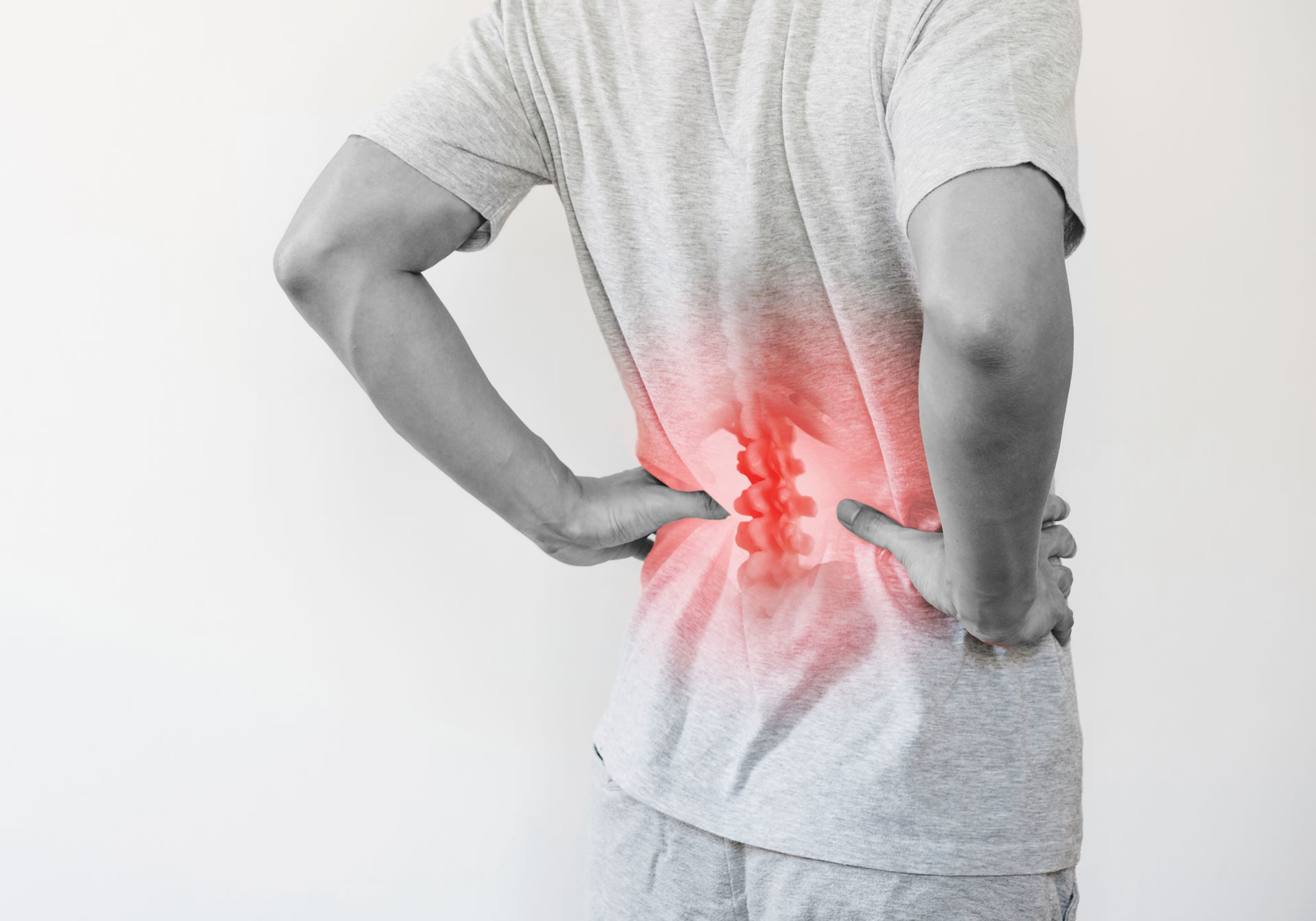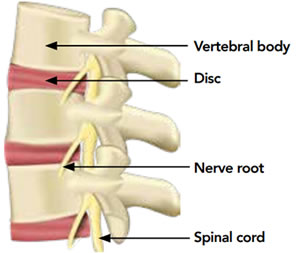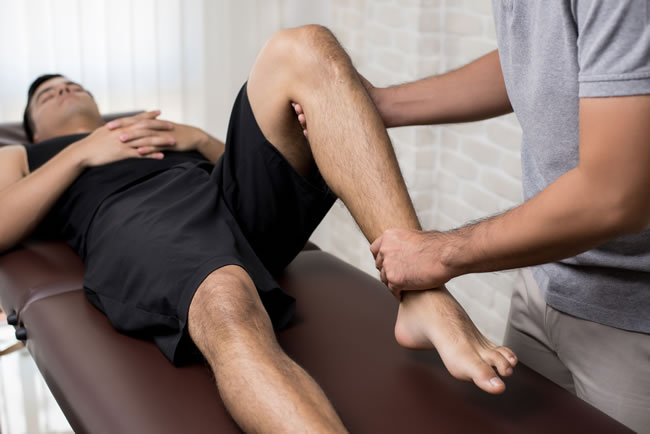Low back pain is one of the 10 most common complaints reported by general practitioners, following hypertension, diabetes and osteoarthritis. Low back pain is one of the leading causes of disability globally, and absenteeism from the workplace. Approximately 80% of the population will experience back pain at some time in their life. For many, it will be short-lived and resolved within days to weeks. However, approximately 65% of people will still endure pain and disability for 12 months or longer. In the majority of cases, chronic back pain is not caused by any serious injuries or serious back problems, so the exact cause or origin of the pain is not always clear. Hence the name non-specific low back pain, which is the most common of all back pain.
Non-Specific Low Back Pain And Anatomy
Pain, particularly chronic pain, is very complex in nature. It has a biological (bones, tissues, nerves, muscles) component as well as psychological and social components too. Your spine is made up of multiple small bones called vertebrae, stacked on top of each other.
Ligaments, muscles, intervertebral discs and nerves are the other components of your spine providing stability as well as mobility. The bones of the vertebrae connect to form a canal or tube through which the spinal cord passes and is protected. Through this bundle of nerves, movement and sensation are made possible. Electrical messages are carried along the nerves from the brain to the entire body, and back again – providing movement and information about pain, position, pressure, and heat or cold. Any problems or pathology within these structures of your back can cause pain and disability.
There is, however, a more complex existence to pain, specifically chronic pain. Past experience, your mood, emotional status, depression, work and family situation, income worries, and the impact of pain or disability on your personal life and social relationships are just a few things that may impact your interpretation of pain. This is called the biopsychosocial model of pain. What scientists understand is that often the extent of tissue damage does not necessarily reflect the severity of an individual’s pain experience. Some people complain of excessive pain and disability although minimal pathology (damage) is found on examination. In addition to this, some individuals may still experience pain long after their initial tissue injury has healed. On the contrary, some people have extensive tissue damage with only very minor complaints of pain or disability. It is well researched by scientists that pain is not just about the body, but includes the mind and your surrounding environment and community. You should speak to your medical team or physical therapist to help you understand chronic pain better. The more that you can educate yourself about it, the better you will be able to cope.
How To Treat Non-Specific Chronic Low Back Pain
- Exercise: Continuing with normal activities as much as possible is important. Even though it might not be possible initially, it is good to do as much as possible. Being active in any way, be it sport, walking, a group class, yoga, Pilates, swimming, cycling or simply being active in the home or garden is critical to getting better.
- Therapy: Physical therapy, osteopathy, chiropractic or massage therapy all offer hands-on treatments that may help to reduce your pain and improve your mobility. They can empower you with tools to help cope at home, such as specific exercises to strengthen your body or improve your flexibility.
- Medication: No one wants to be on medication for prolonged periods of time, nor is it good for your body to deal with medication endlessly. Taking pain medication as prescribed will make it more effective and can be useful when the pain is unmanageable. But, it is generally advised to look for alternative ways to manage or treat your back pain.
Tips
- Set new goals every day for yourself. Walk around the house one day, walk down to the shops the next, and so on.
- Sleep in whatever position is the most comfortable for you.
- Using a pillow between the knees while sleeping will help to ease symptoms at night.
- Don’t wait for complete pain relief before returning to work. Getting back to work quickly and back into your normal routine can improve your symptoms.
The information contained in this article is intended as general guidance and information only and should not be relied upon as a basis for planning individual medical care or as a substitute for specialist medical advice in each individual case. ©Co-Kinetic 2024
Start your journey to a healthier, stronger body today!
RESTORATION
Once we have got you to a stage where you injury is healed, we then give you a rehabilitation programme to restore your strength and enable you to resume your sporting activities.
prevention
Are you currently engaging in sport but worried about getting injured in the future? Why not work with us so we can help get your body strong and supple to minimize any disruption to your exercise routine?





